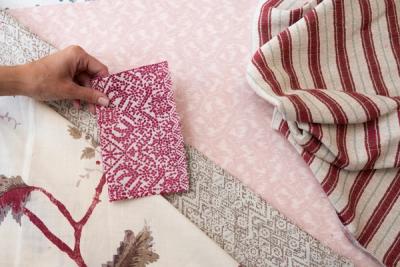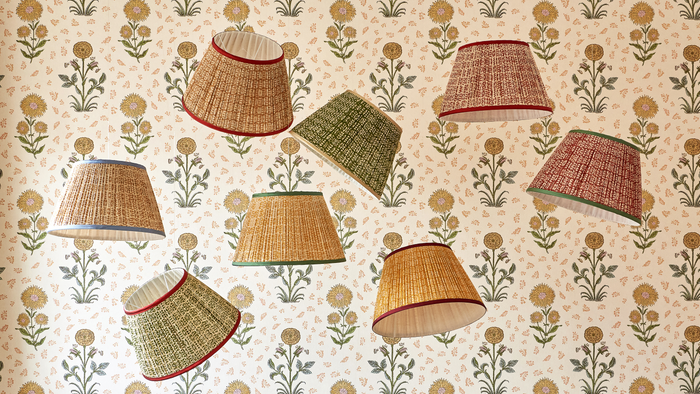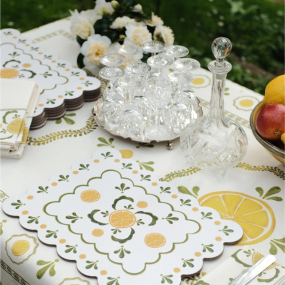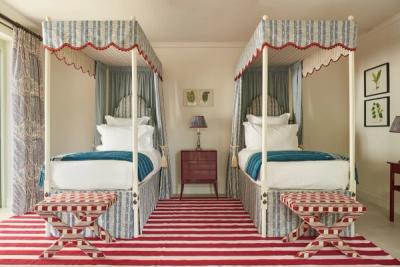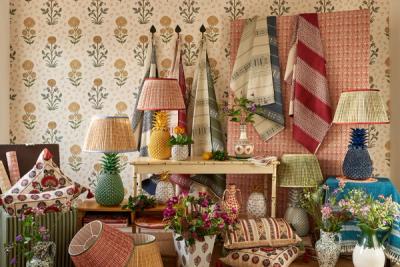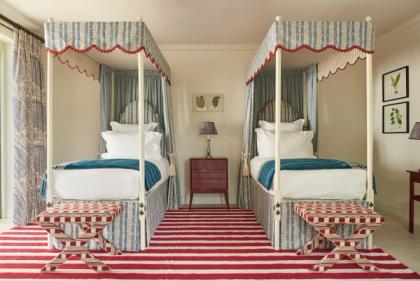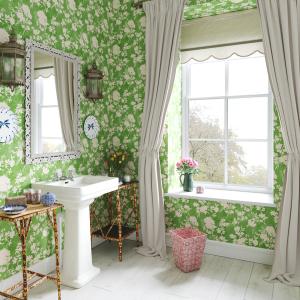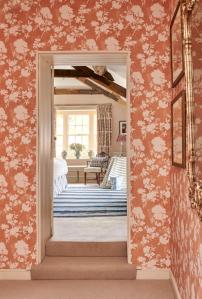Decoration
Ticking Stripe: The Resurgence of a Common Classic
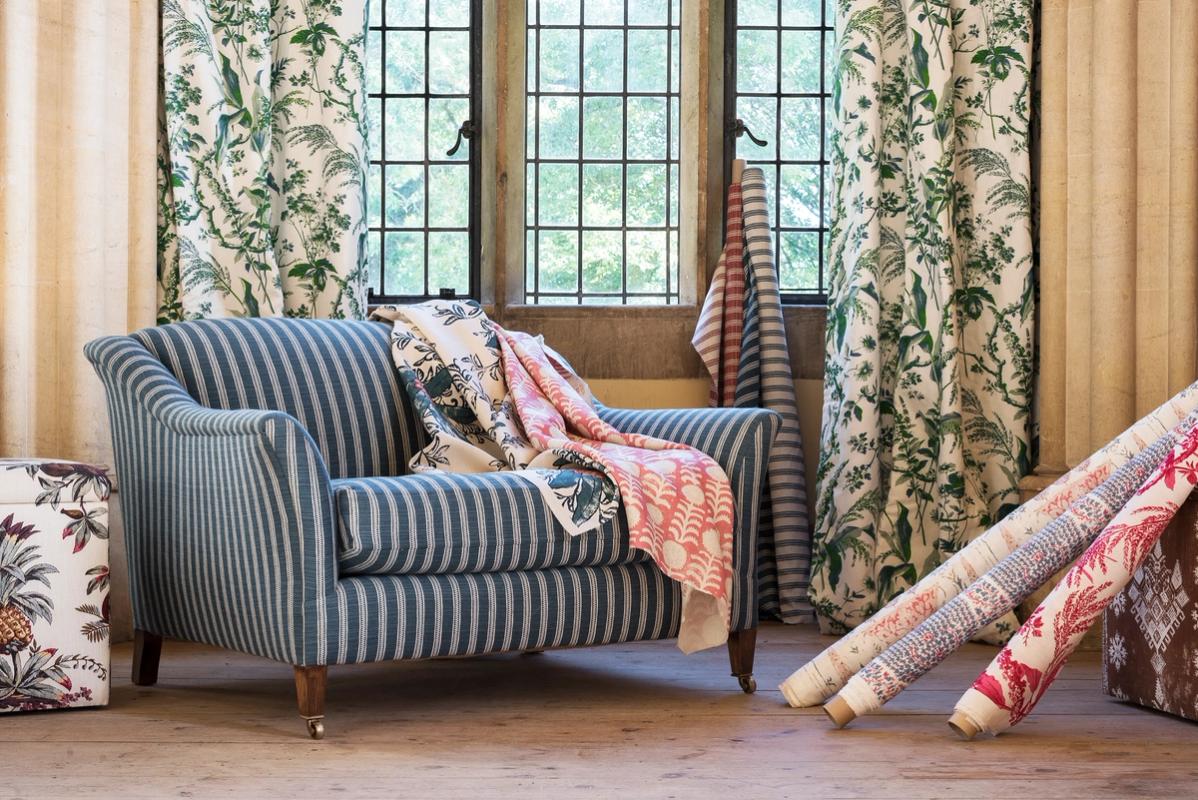
Ticking Stripe: The Resurgence of a Common Classic
Ticking fabric is nothing short of a timeless classic - it's delightful to see that it's making a resurgence. The word ticking is derived from the Greek word Theka, which means ‘a case or covering’. Some people also refer to the ticking print or weave as the mattress stripe print, attributed to the unique stripe pattern of ticking fabric design and the fact that the fabric was traditionally used to cover mattresses and pillows. Its tight weave made it ideal for holding feathers in place and preventing sleepers from being poked and prodded all night.
After a period of lull, the ticking fabric print is making a comeback. A foray into our own fabric collection will yield some ‘ticking gems’, so let's explore this very traditional and somewhat royal style of fabric in more detail.
What's Ticking Fabric, And Where Did It Come From?
We know that the word ticking derives from the Greek word Theka, but the origins of the ticking fabric aren't Greek. Thousands of years ago, civilisation wasn't blessed with the delightful, inviting array of mattresses we have today. Instead, they would suffer by sleeping on hard surfaces, and the earliest examples of a mattress featured straw, leaves, raw wool, and sometimes even twigs.
Naturally, that wasn't too comfortable, but humans found a way to get some much-needed comfort. People began to make basic sacks to cover the materials, known as a tick. The tick comprises densely woven herringbone fabric. As years went by, this fabric evolved and gave its stripes - what's now known as the ticking stripe.
Modern-day ticking fabric features 100% cotton material or a blend of cotton and linen yarns. The same herringbone weave is the technique to create this striking textile, creating a tightly woven fabric that's sturdy, soft, and oh so delightful to look at in the home. To create modern versions of ticking fabric, designers will weave the cotton tightly, stitching one broad coloured stripe and a thin stripe of the same colour on either side of it - that gives the illusion that the central line is broader than it is.
When Was It Most Popular?
Ticking fabric isn't simply for mattresses and pillows; heavy-duty aprons and chair covers often feature ticking fabric designs. It was during the 1940s that the fabric gained its long-awaited popularity, despite being nearly a thousand years old. It was, however, the Americans that brought the design to the rest of the world.
It was actually the American decorator, Sister Parish, who gave the fabric its rightly deserved fame. Parish gave a new lease of life to this wonderfully humble fabric, incorporating flowers and delicate designs to an otherwise bold material. That made it a must-have item for the high-society people of New York, and thus, the rest of the world followed suit.
The Much-Awaited Resurgence
The revival of ticking fabric is thanks to the return of colours and patterns as a trending interior design theme for 2023. It goes without saying that the reign of the neutral colour pallets is ending, much to the delight of interior designers who finally have the scope to inject colour and life into a room, almost like letting off interior design fireworks.
The truly iconic colour scheme of ticking fabric – typically blues or reds, as exemplified by our Rose Ticking Stripe – combined with the bold stripe design creates dimension and shape within a room - but this resurgence wouldn't be possible without the modernisation of the design that's happened in recent years. The colours are now more vibrant, the fabric softer, and the increased durability and appeal of the fabric.
Our Ticking Stripe fabrics are made from a cotton blend, featuring viscose, silk, and flax (the fibre behind linen). This strikes the perfect balance between comfort, drape, and durability, making it a solid choice for any home.
Styling Ticking Fabric In A Modern Home
Styling ticking fabric in a modern home is seamless, especially in bedding. The classical, uniform, and sophisticated appearance of ticking fabric make it the ideal way of adding a pop of colour to a bedroom without going over the top. Its simple elegance is divine. Interior designers also favour ticking fabric for other pieces of furniture in the home - like decorative bedroom chairs or pouffes.
The key to incorporating ticking fabrics into a home is to keep patterns to a minimum. The stripe of ticking fabric alone is enough to create diversity, character, and shape in any room. Mixing patterns can sometimes create an overwhelming visual.
Finally, patterns like ticking fabrics are making a return. The easy-to-style, delightful-to-look-at fabric deserves its rightful place back in the home of many. It's a timeless and elegant classic that would suit any home.
More from Decoration



